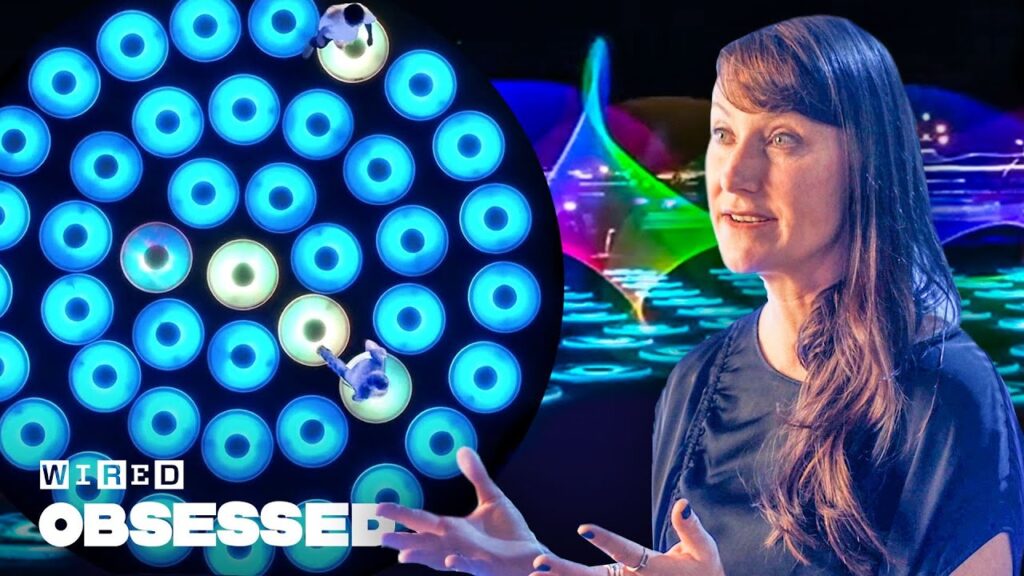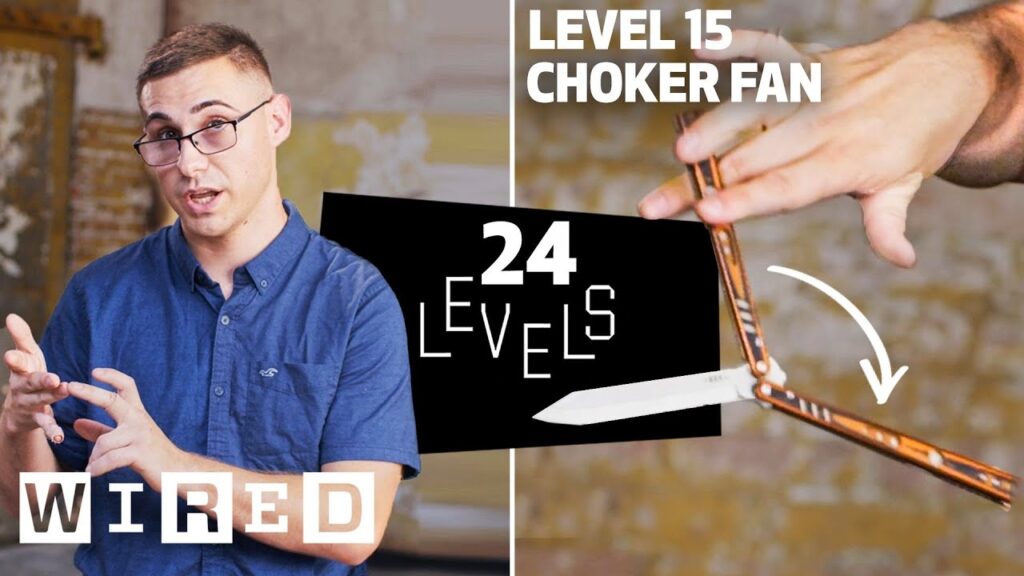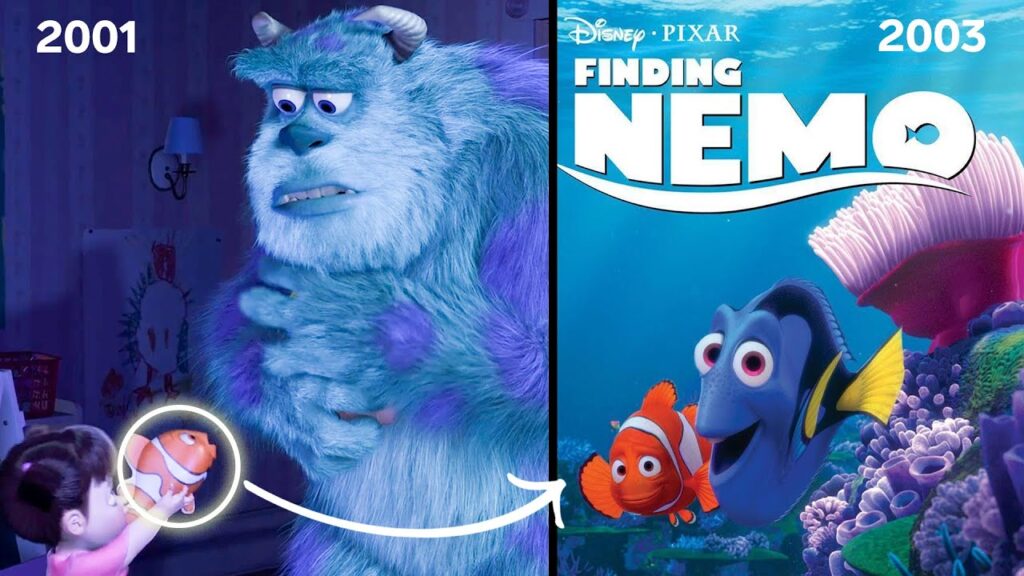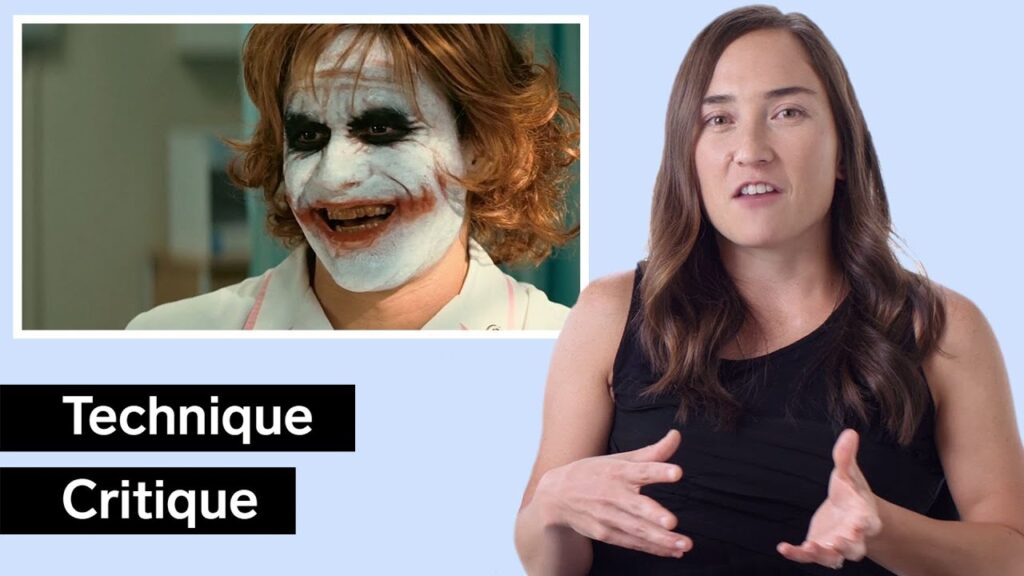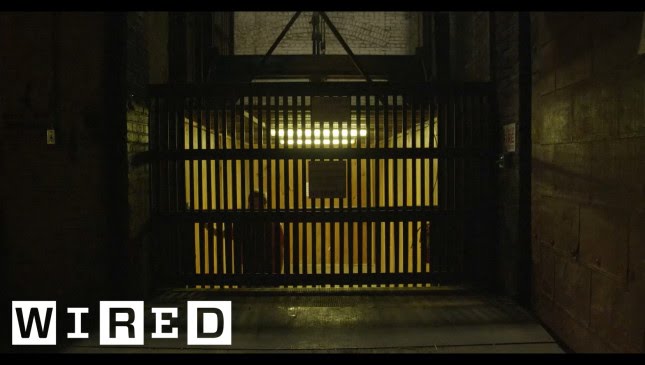Prosthetic Arms: Advancements in Functionality and Affordability
Summary
In this article, we explore the advancements in prosthetic arms in the 21st century, including the development of more functional and advanced designs by private companies, research labs, and governments. We focus on the work of Eason LaChapell, founder and CEO of Unlimited Tomorrow, who has developed a prosthetic arm that is both functional and affordable. We discuss the challenges faced in prosthetic design, the development of the TrueLim prosthetic device, and the use of 3D printing technology to keep costs down.
Table of Contents
- The Landscape of Prosthetic Offerings
- Eason LaChapell and Unlimited Tomorrow
- The Development of TrueLim Prosthetic Device
- Innovations in 3D Printing Technology
- Constant Learning and Research
- Conclusion
The Landscape of Prosthetic Offerings
Prosthetic arms have seen significant advancements in the 21st century, with private companies, research labs, and governments working to develop prostheses that are more functional and advanced than previous designs. The landscape of prosthetic offerings today includes simple passive devices, body-powered devices, myoelectric robotic clasps, and brain-controlled devices. These devices aim to provide amputees with greater mobility and independence, allowing them to perform daily tasks and engage in physical activities.
Eason LaChapell and Unlimited Tomorrow
Eason LaChapell, founder and CEO of Unlimited Tomorrow, developed a prosthetic arm that is both functional and affordable. He started with a basic robotic hand made from simple household items and then progressed to more advanced designs that incorporated 3D printing, EEG headsets, and tendon systems. LaChapell’s team faced the challenge of developing a socket, which attaches the device to the person, and they developed a replica for a small girl named Mom using webcams, 3D scanners, and Xbox Kinects. The device reads muscle movements and allows the user to open and close the hand and change the grip.
The Development of TrueLim Prosthetic Device
Unlimited Tomorrow has developed a prosthetic device called TrueLim, which is essentially a robotic hand with individual finger motion and 14 independent joints. The company aims to create natural feedback loops to supplement the brain without creating a secondary brain or taking control. The device reads data from the human body through sensors and provides feedback through a large array of sensors wrapped around the entire limb. The feedback system uses a vibration motor similar to those found in cell phones.
Innovations in 3D Printing Technology
The company uses 3D printing technology to keep costs down, but initially faced durability issues with brittle materials. Innovations in 3D printing have resulted in stronger materials, which hopefully translate to more resilient devices. 3D printing also allows for customization and faster production times, making it easier for amputees to receive prosthetic devices.
Constant Learning and Research
Unlimited Tomorrow is constantly learning and conducting research to expand and make the technology more accessible. The company is also exploring forms of exoskeletons and other types of technology to help people across the world with mobility and accessibility. By developing affordable and functional prosthetic devices, Unlimited Tomorrow is helping to improve the lives of amputees and increase their independence.
Conclusion
Prosthetic arms have come a long way in the 21st century, with advancements in technology and innovation leading to more functional and affordable devices. Eason LaChapell and Unlimited Tomorrow are at the forefront of this movement, developing prosthetic devices that allow amputees to perform daily tasks and engage in physical activities. With the use of 3D printing technology and constant research, the future of prosthetic arms looks promising.
